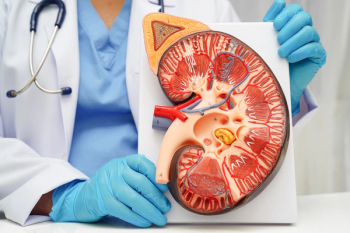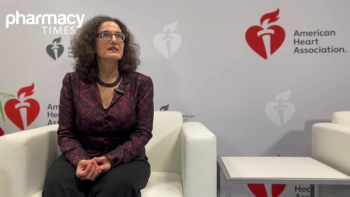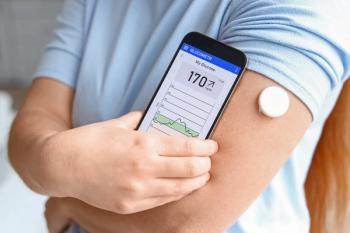
HIV Diagnoses in New Zealand Hit Record High
Men who have sex with men had the highest number of HIV diagnoses.
Data from the AIDS Epidemiology Group at the University of Otago found that in 2016, New Zealand had the highest number of HIV diagnoses ever made in 1 year since monitoring began in 1985.
In total, there were 244 individuals diagnosed with HIV in 2016. The gay, bisexual, and other men who have sex with men (
The means of infection were not reported for most of the remaining individuals, but 1 person was infected through injecting drug use and 5 were infected through either MSM or injection drug use, according to a press release.
“The increase in the number diagnosed will be affected by the levels of HIV testing of those at risk,” Dr Sue McAllister, leader of the AIDS Epidemiology Group, said in a release. “However, we also found almost half of MSM infected in New Zealand had a relatively high CD4 cell count, which suggests that they have been infected relatively recently. The persisting increase of recent infections over the last 3 years, along with the increase in total diagnoses, suggests a true rise in incidence in recent years.”
Although the emergence of
“While now treatable, HIV infection remains a lifelong condition with significant implications for individuals and financial cost to the health service,” Dr McAllister said in the release. “It is clear we must tackle this increase in incidence now in order to reverse the trend.
“All the prevention tools available need to be utilized, such as an increasing promotion of condom use, timely testing for HIV after potential exposure, early access to HIV treatment, and screening and treatment for other sexually transmitted infections. Internationally, there is increasing interest in, and use of, new prevention options including giving HIV medication to uninfected people at highest risk of HIV infection, which has also been shown to be effective at prevention infections.”
Pre-exposure prophylaxis (
In addition to utilizing prevention tools, Dr McAllister stressed that addressing the stigma is also crucial.
“It is important that efforts are made to combat the stigma about HIV and the groups most affected. When this exists, testing could be discouraged and people are less receptive to health promotion messages,” he said.
The AIDS Epidemiology Group is funded by the Ministry of Health to undertake epidemiology surveillance of HIV infection and AIDS in New Zealand, according to the release. It is based in the Department of Preventive and Social Medicine at the Dunedin School of Medicine at the University of Otago.
Newsletter
Stay informed on drug updates, treatment guidelines, and pharmacy practice trends—subscribe to Pharmacy Times for weekly clinical insights.
















































































































































































































